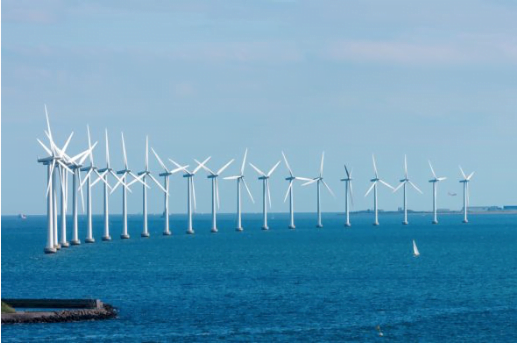Europe ahead of US in renewable energy

In the US, the share of renewable energy is 9.8%, while the EU has 16% and plans to increase this volume to 27% by 2030.
The share of renewable energy consumed in the European Union rose to 16% in 2014, according to information released yesterday. That's more than one percent between 2014 and 2016, and almost double the 8.5% in 2004.
The difference is significant considering that the US had the same figure of 9.8% in 2014. This is due to underinvestment in the renewable energy sector due to the already ingrained “ideology” that the oil industry plays the most important role in the country’s economy (see chart 1).

The European Union has set as its main goal to increase the share of renewable energy consumption to 20% by 2020 and to 27% by 2030. These figures are quite realistic, given the fact that the growth rates have been quite high over the past few years.
However, some European countries are not as well developed in this regard and need to catch up in this sector. For example, in 2014, France had a score of 8.7%, the Netherlands 8.5% and the UK 8%.
The energy diversity of this type of energy in the United States of America and the European Union is almost the same. The main difference is the presence of a large number of hydroelectric power plants in the United States and wind power plants in the countries of the European Union. Biomass energy raw materials make up the lion's share of renewable energy in both the United States and the countries of the European Union.
